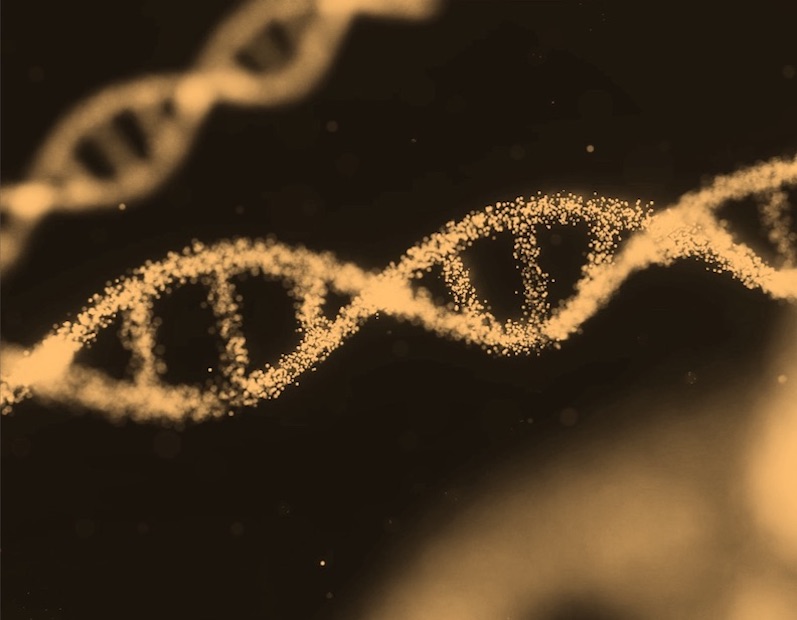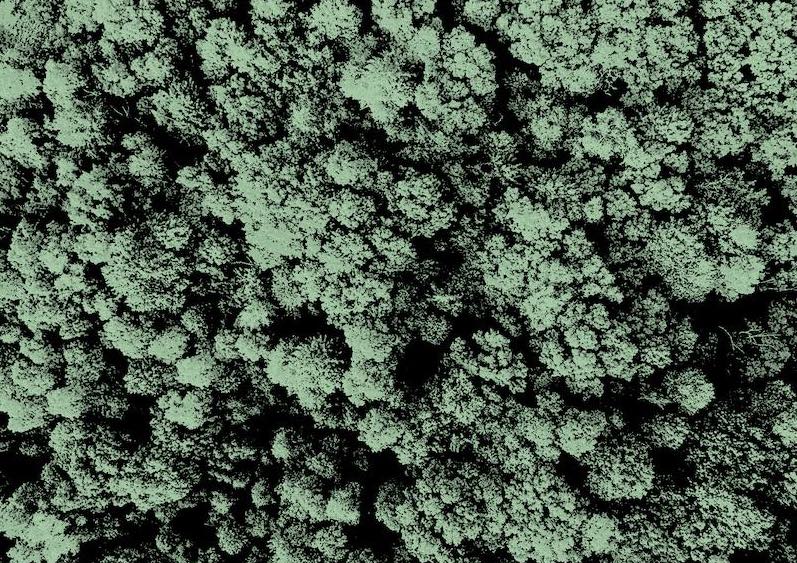What is it about?
When synthesizing nanoparticles, characterizing their shape and size is usually done through electron microscopy, giving visual information about them. However, the characteristics determined using this method can be imprecise, as measurement are only conducted on a few hundred objects at best. Other methods, such as Small Angle Scattering (SAS) allow for statistics on up to millions of objects, making the results more representative of the entire nanoparticle population. This article details new python-based models based on fast fourier transform calculations for prism-shaped nanoparticles in SAS, allowing to find characteristics such as the size and number of sides of our objects, discussing how to couple this analysis with electron microscopy, and the technical limits of such models.
Featured Image
Why is it important?
This article provides an explanation for a python library made to compute form factors of prism-shaped nanoparticles, and a few examples on how to use it, both on its own and coupled with other typical characterization methods. This method provides a fast and easy analysis of data obtained from SAS experiments to identify and characterize synthesized nanoparticles.
Perspectives

The conception of this article has roots with various contributors around the globe, discussing various calculation methods, as well as discussions for a potential implementation of those models in SASView, a useful software for SAS data analysis.
Jules Marcone
COMUE Universite Paris-Saclay
Read the Original
This page is a summary of: Form factor of prismatic particles for small-angle scattering analysis, Journal of Applied Crystallography, March 2025, International Union of Crystallography,
DOI: 10.1107/s1600576725000676.
You can read the full text:
Contributors
The following have contributed to this page







